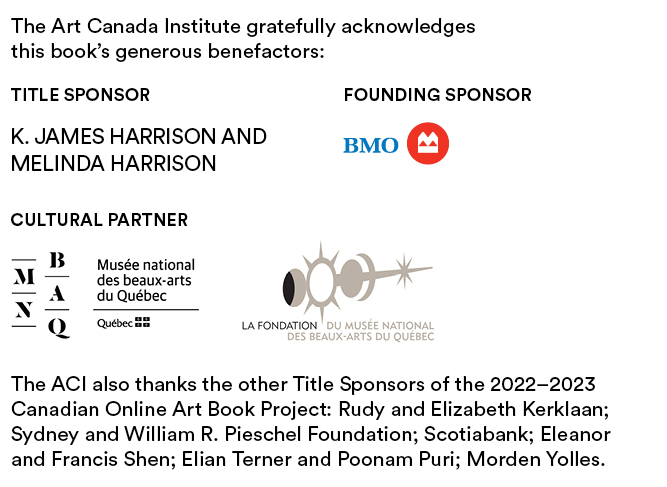For fourteen years in the early twentieth century, Alfred Pellan (1906–1988) acted as a conduit between Canadian and European art. In 1926, at age twenty, he left Quebec for Paris, where he absorbed all that the city’s avant-garde had to offer: he met Joan Miró, Pablo Picasso, and Fernand Léger, and he viewed a 1938 Surrealist exhibition that was a “transcendent” experience. Over the next several decades, Pellan divided his time between Paris and Montreal, making a distinctive—though often controversial—impact on modernism in Canada.
In Alfred Pellan: Life & Work, author Maria Rosa Lehmann chronicles the storied artist’s career from the moment he took up painting as an adolescent. She details how in 1923 the National Gallery of Canada purchased its first canvas by the then seventeen-year-old. The book then examines his formative encounters in Paris and how people responded to his art at home. A key and controversial figure in Quebec by the mid-1940s, Pellan rejected the concepts advanced by Paul-Émile Borduas and the Automatistes as too dogmatic, and in his own art, teaching, and leadership of the Prisme d’Yeux group he called for greater creative liberty.
“I became aware of Pellan’s work during my doctoral research and was immediately drawn to his colourful, Surrealist-infused universe. Since then, I have wanted to write a book in which every page radiates his thirst for freedom, art, and experimentation.”Maria Rosa Lehmann
This landmark new publication addresses Pellan’s formative years as well as his later career and how in 1952 he was chosen to show at the first Canadian pavilion at the Venice Biennale art fair—yet at the same time, he struggled for acceptance as he challenged the conservative art establishment in his home province. Brilliantly innovative and unwavering in his battle for artistic freedom, Pellan became one of the most pivotal painters in twentieth-century Canadian art, forging an independent vision that led him to being described by revolutionary art historian Guy Robert as the man who “set Canadian painting free.” His daring compositions, vibrant colours, and belief in the infinite possibilities of creative expression influenced the work of Léon Bellefleur, Jacques de Tonnancour, Mimi Parent, and Goodridge Roberts.
Maria Rosa Lehmann is an art historian, curator, and author who has published on Surrealism, performance art, eroticism, and revolutionary practices. She earned her doctorate from the Université Sorbonne-Panthéon and has held fellowships at Cornell University, Brown University, the Deutsches Forum für Kunstgeschichte in Paris, and the Sorbonne, and she was invited to do postdoctoral work at the Université du Québec à Montréal. She has held curatorial roles at the Louvre Museum and the Fondation Maeght in France.

